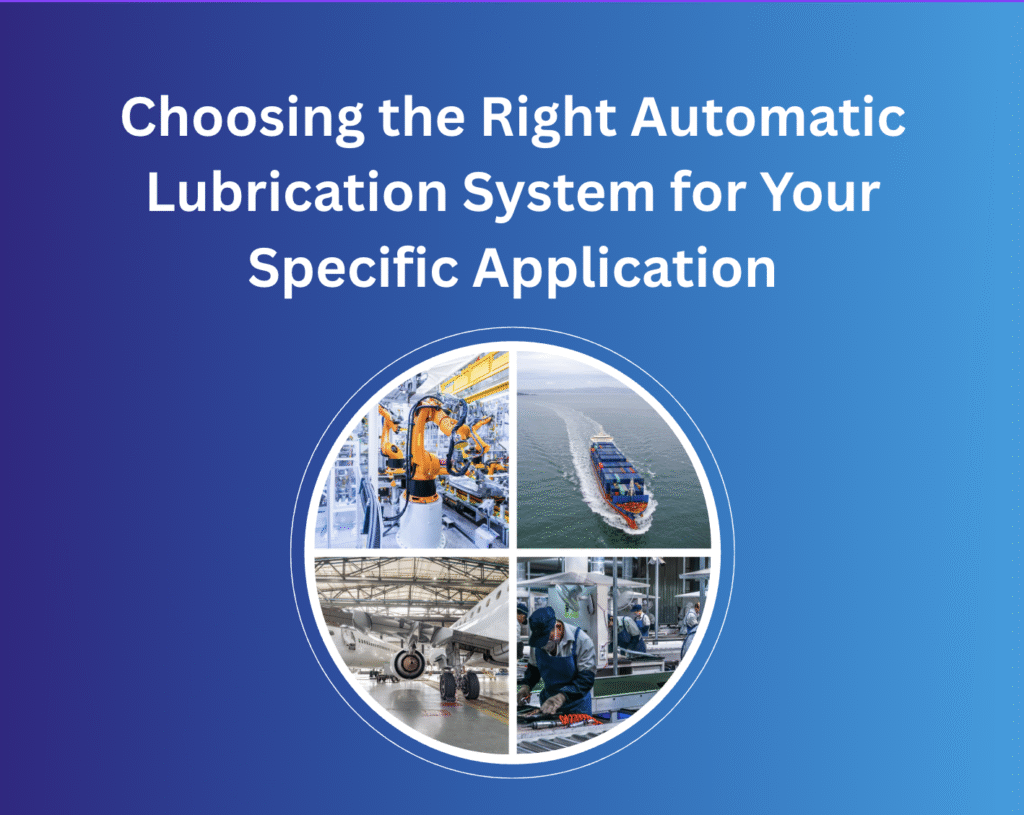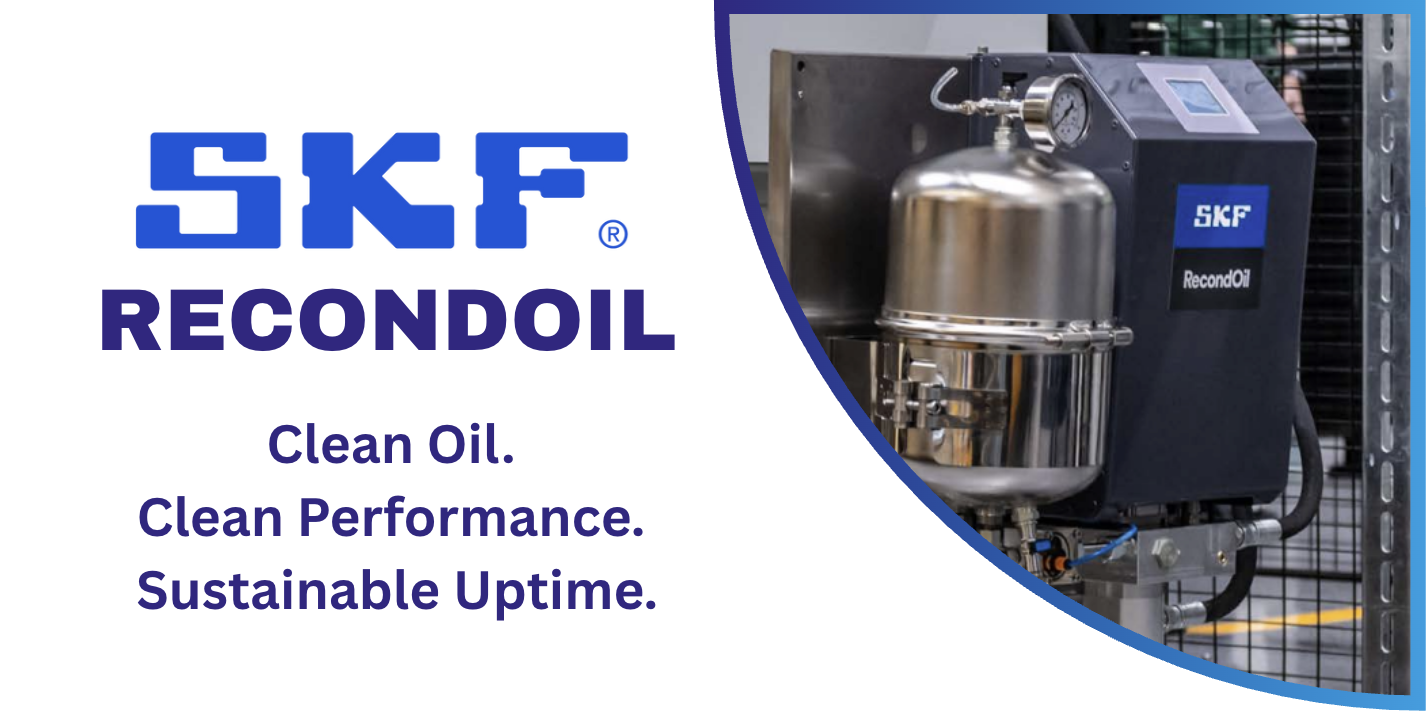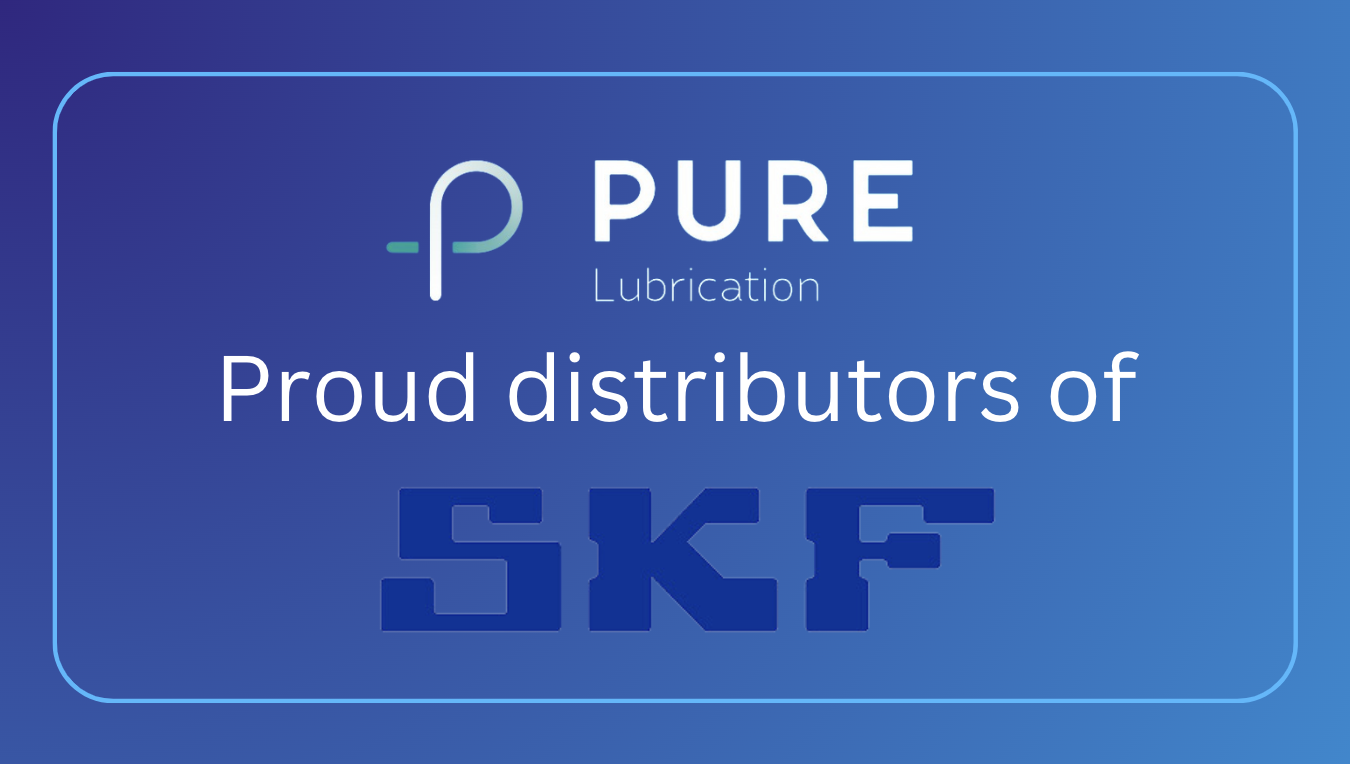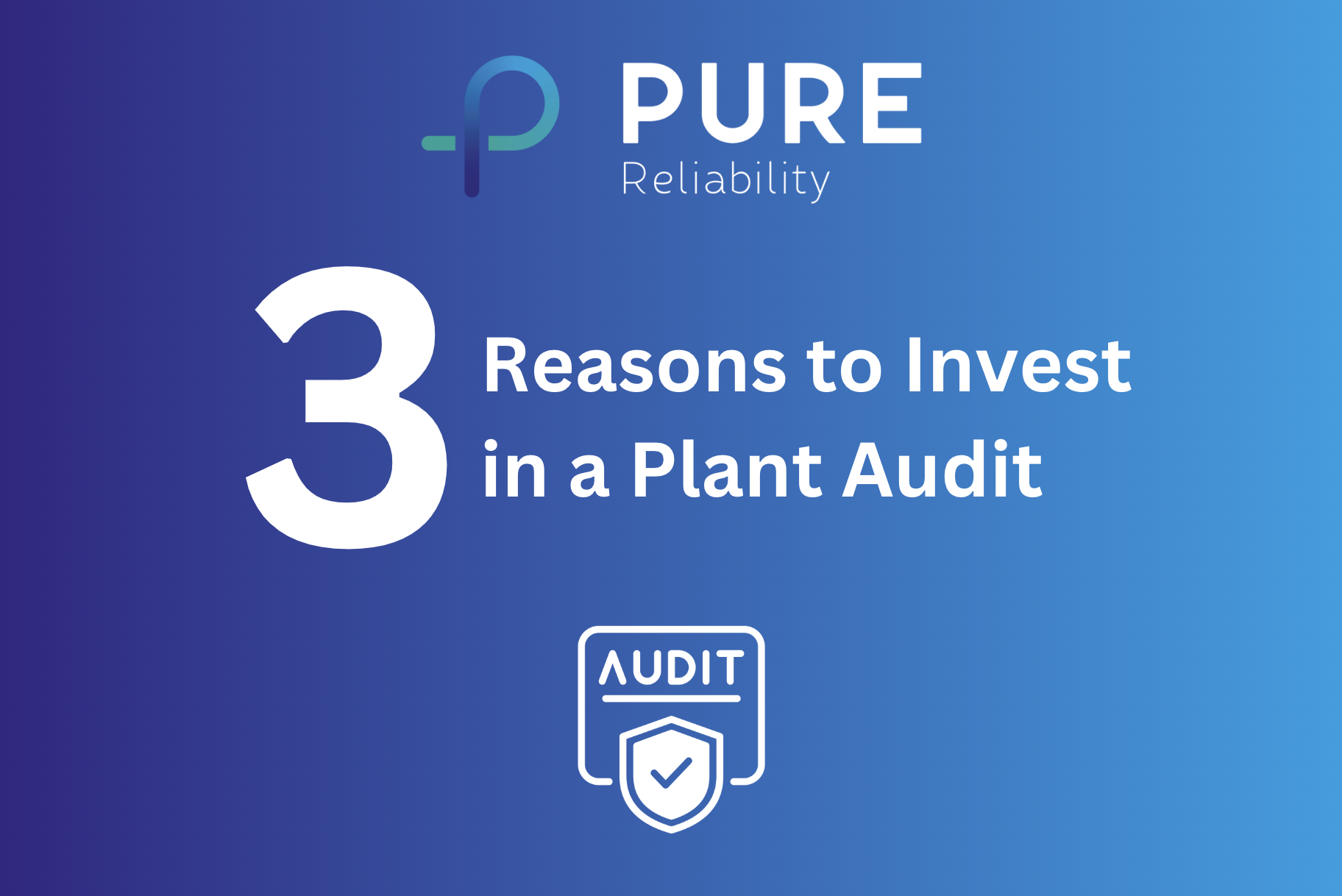Choosing the Right Automatic Lubrication System for Your Specific Application
With countless options on the market, selecting the right automatic lubrication system can feel overwhelming.
After all, getting it wrong could mean unnecessary downtime, wasted grease, or even equipment failure. Whether you’re maintaining conveyors in a quarry, bearings in a food plant, or motors in a manufacturing facility, matching the system to your operational needs is critical.
At Pure Lubrication, we help industrial businesses simplify this decision by breaking it down into practical, real-world considerations.
Here’s how to make the right choice for your automatic lubrication system.
Start With Your Application: One Size Doesn’t Fit All
The first step is understanding the environment, load, and operating conditions of your equipment.
- Heavy Industry (e.g. mining, construction): You’ll likely need a robust single-line progressive or dual-line system that can deliver precise amounts of grease across long distances under high pressure.
These systems are built to withstand harsh environments, high contamination levels, and extreme duty cycles—minimising manual intervention and keeping uptime high even in the most unforgiving conditions.
- Food & Beverage: Hygiene is paramount. Air-oil or injector systems that use NSF-approved food-grade lubricants are essential.
These systems ensure compliance with food safety standards while protecting equipment from moisture, washdowns, and temperature variations—common challenges in food production environments.
- Manufacturing & Automation: Compact, multi-point systems with programmable logic is ideal for high-speed or precision machinery.
They support high-precision lubrication at exact intervals, reducing friction in moving components and integrating seamlessly with automated control systems for smarter, low-touch maintenance.
Tip: Over-specifying can be just as damaging as under-specifying. More complex doesn’t always mean more effective—what matters is fit-for-purpose reliability.
What Medium Are You Using—Grease or Oil?
This will influence the system’s components, flow control, and delivery method. For example:
- Grease systems typically need higher pressure and more durable lines.
- Oil systems can offer better penetration and cooling for high-speed applications.
If your equipment operates in cold or dirty conditions, grease is often preferred due to its staying power. But for high-speed, high-precision setups, oil mist or air-oil systems may be the better choice.
Consider Maintenance and Monitoring
Look beyond just delivery. Consider:
- Ease of refill and inspection
- Remote monitoring capability
- Compatibility with existing maintenance systems
Today’s smarter systems include flow meters, pressure sensors, and automated alerts, helping maintenance teams make decisions based on real-time data—not guesswork.
Cost Isn’t Just What You Pay Upfront
Look beyond just delivery—how the system is maintained and integrated into your existing workflows is just as important as how it lubricates:
- Ease of refill and inspection – Systems should be easy to access, service and top up without halting production or requiring specialised tools, making routine tasks faster and safer.
- Remote monitoring capability – Smart systems with sensors and alerts allow maintenance teams to track lubrication performance in real time, reducing guesswork and catching issues before they become problems.
- Compatibility with existing maintenance systems – The right lubrication system should seamlessly integrate with your CMMS or digital maintenance tools, so lubrication activities are visible, trackable, and auditable across your entire plant.
An automatic lubrication system might pay for itself within months by extending equipment life and freeing up your team for higher-value tasks.
Partnering with Experts Makes the Process Simple
Selecting the right system doesn’t have to be a guessing game. At Pure Lubrication, we don’t believe in one-size-fits-all. We assess your plant, equipment, and operating goals—then recommend the best-fit automatic lubrication system that will work hard for you, not the other way around.
Key Takeaways
- Not all systems suit all industries—match the system to your environment.
- Decide early between grease vs. oil-based systems.
- Think beyond lubrication—consider data, monitoring, and ease of servicing.
- Focus on total cost of ownership, not just the install cost.
- Talk to a lubrication specialist to ensure you’re investing wisely.
Ready to Choose the Right System?
Let us take the guesswork out of the process. Our team is here to support you from selection to installation and beyond—with honest advice and tailored solutions.
Get in touch with Pure Lubrication today and find the right automatic lubrication system for your plant.



